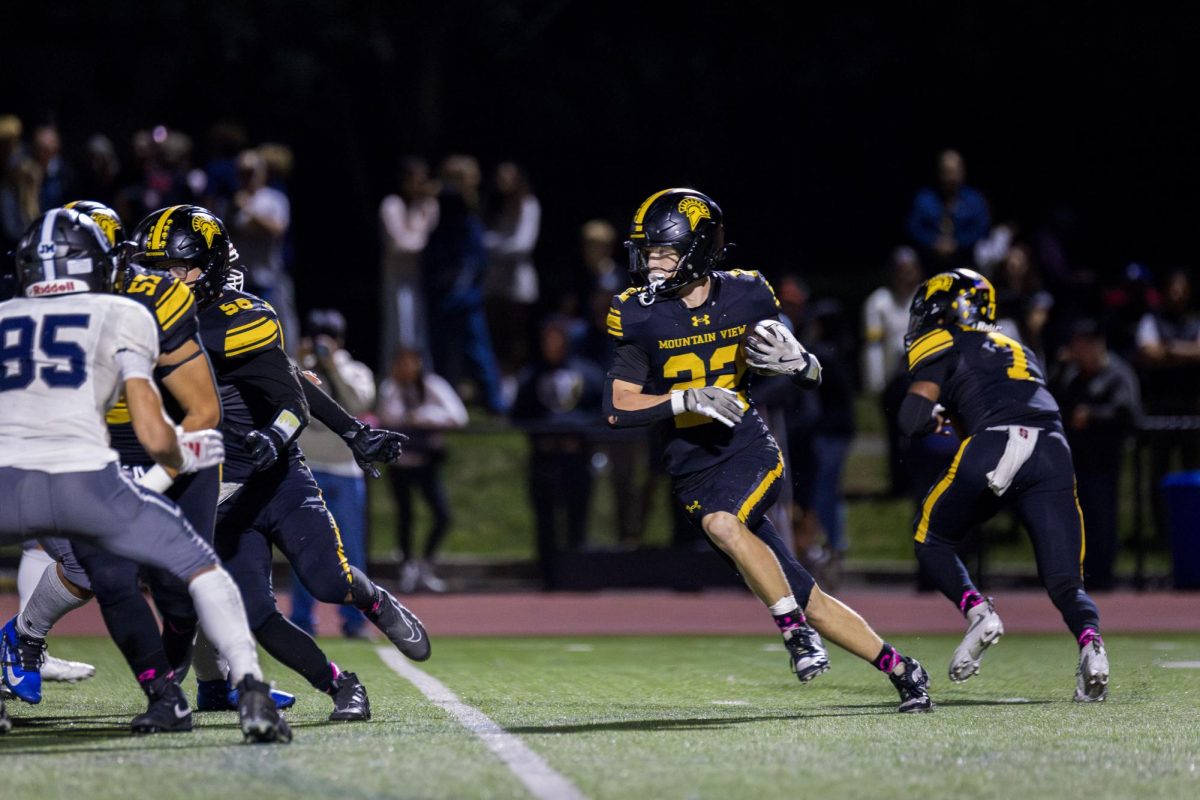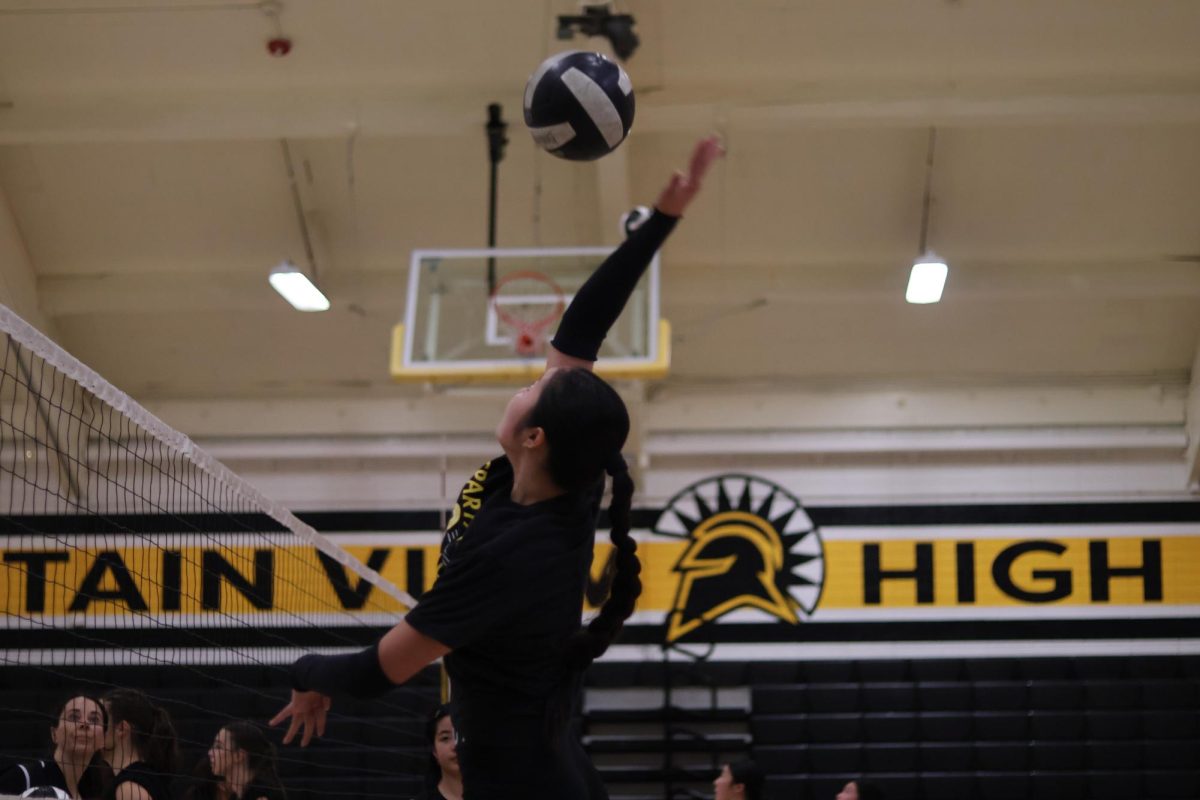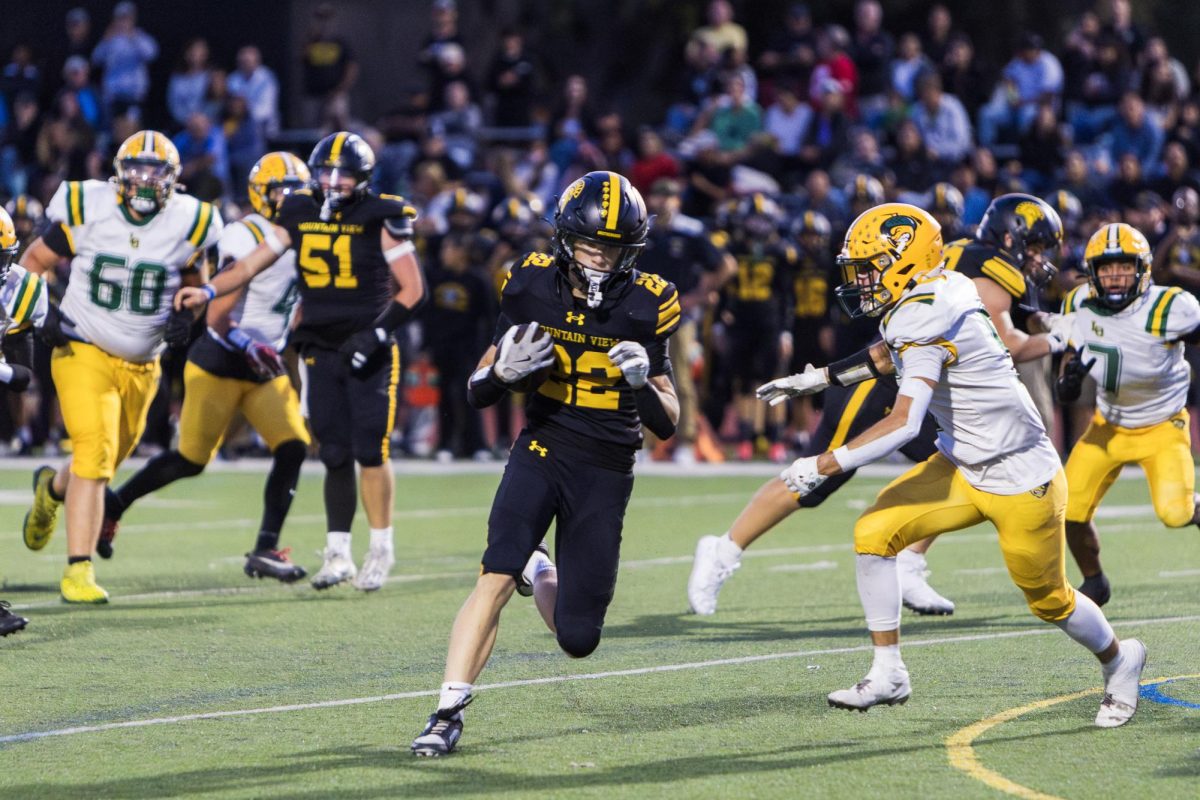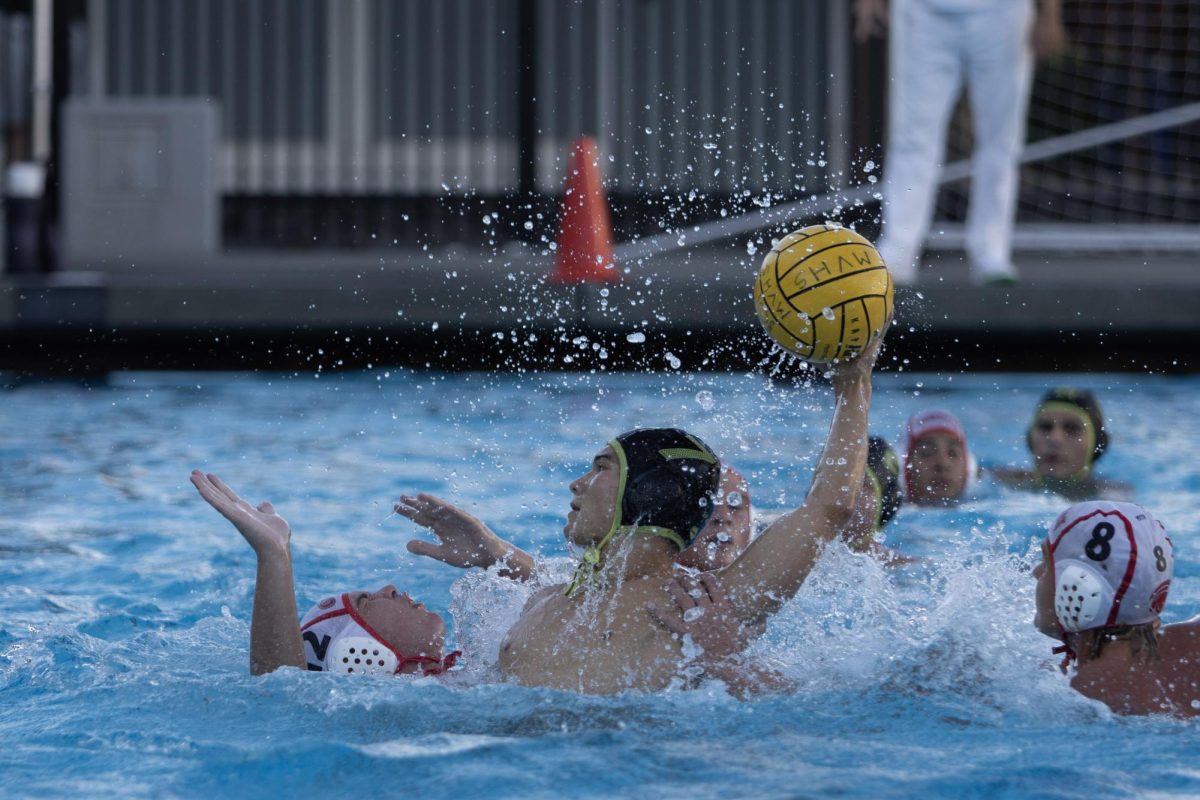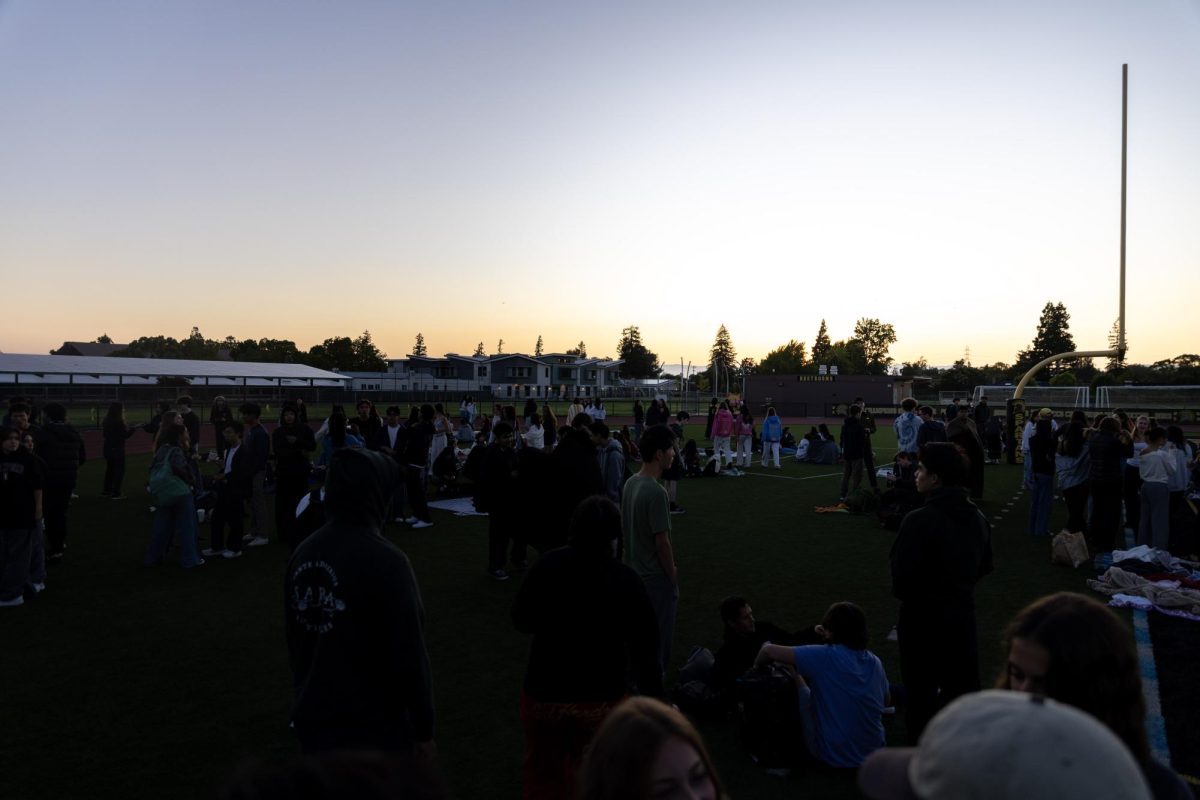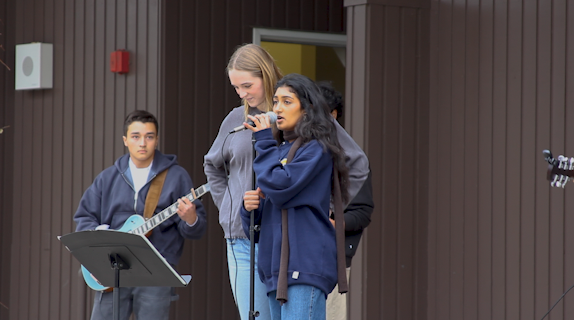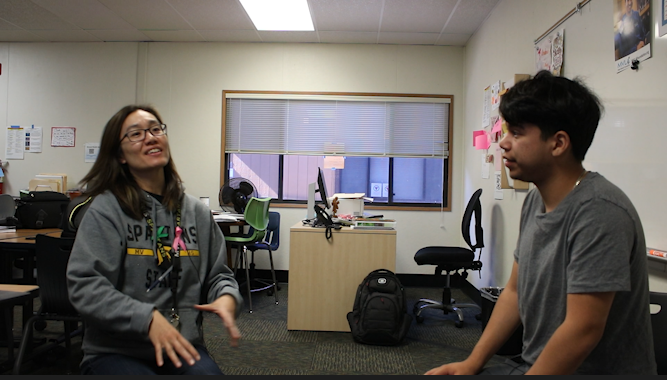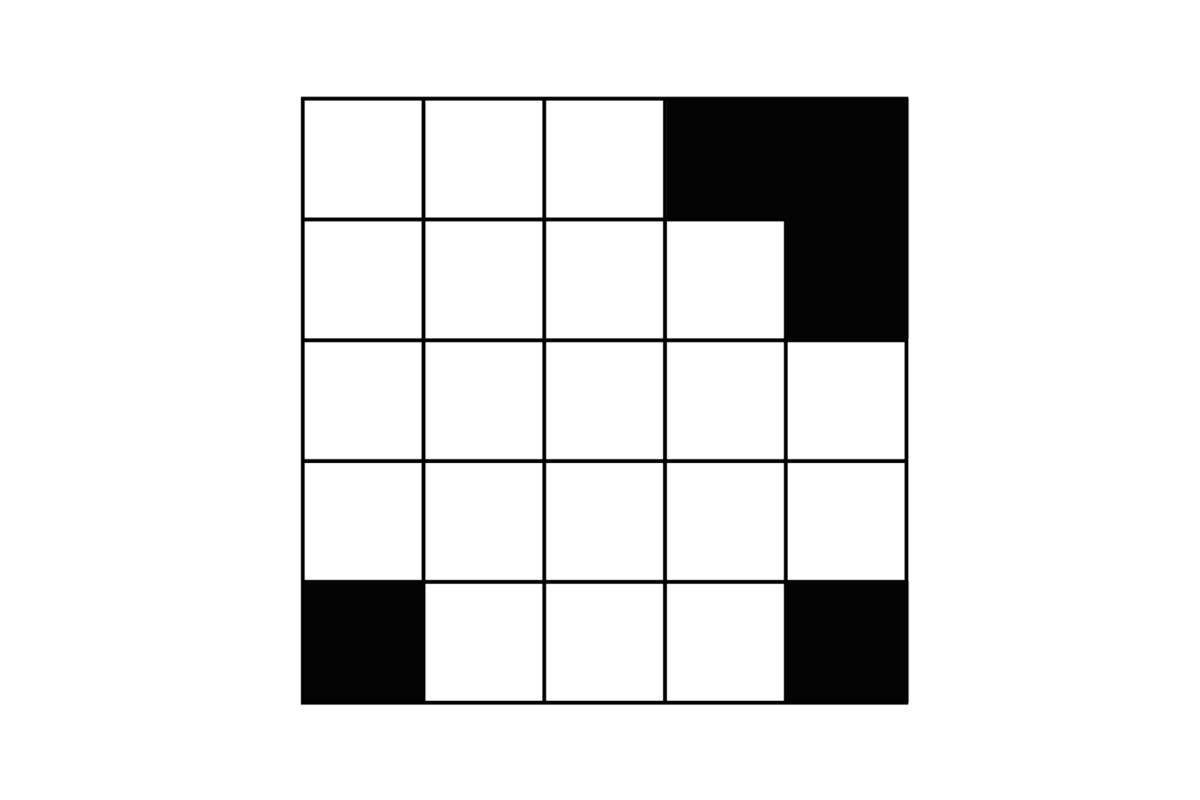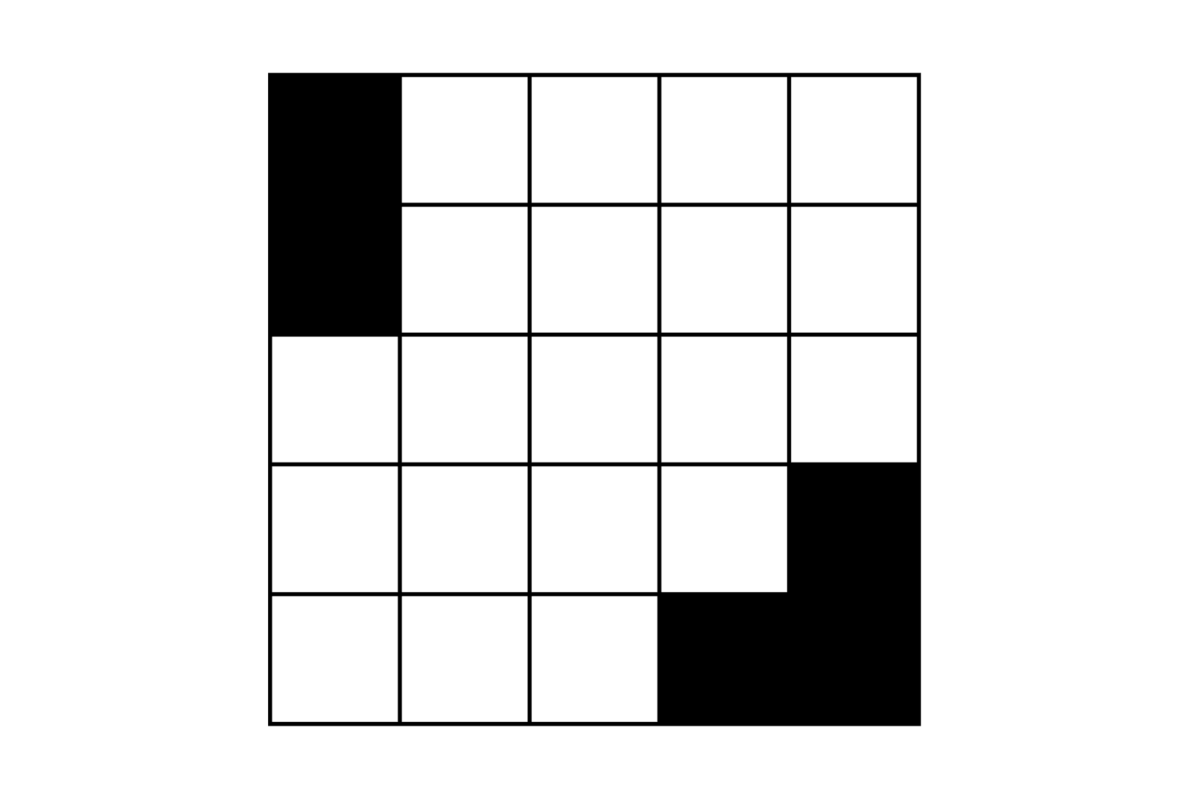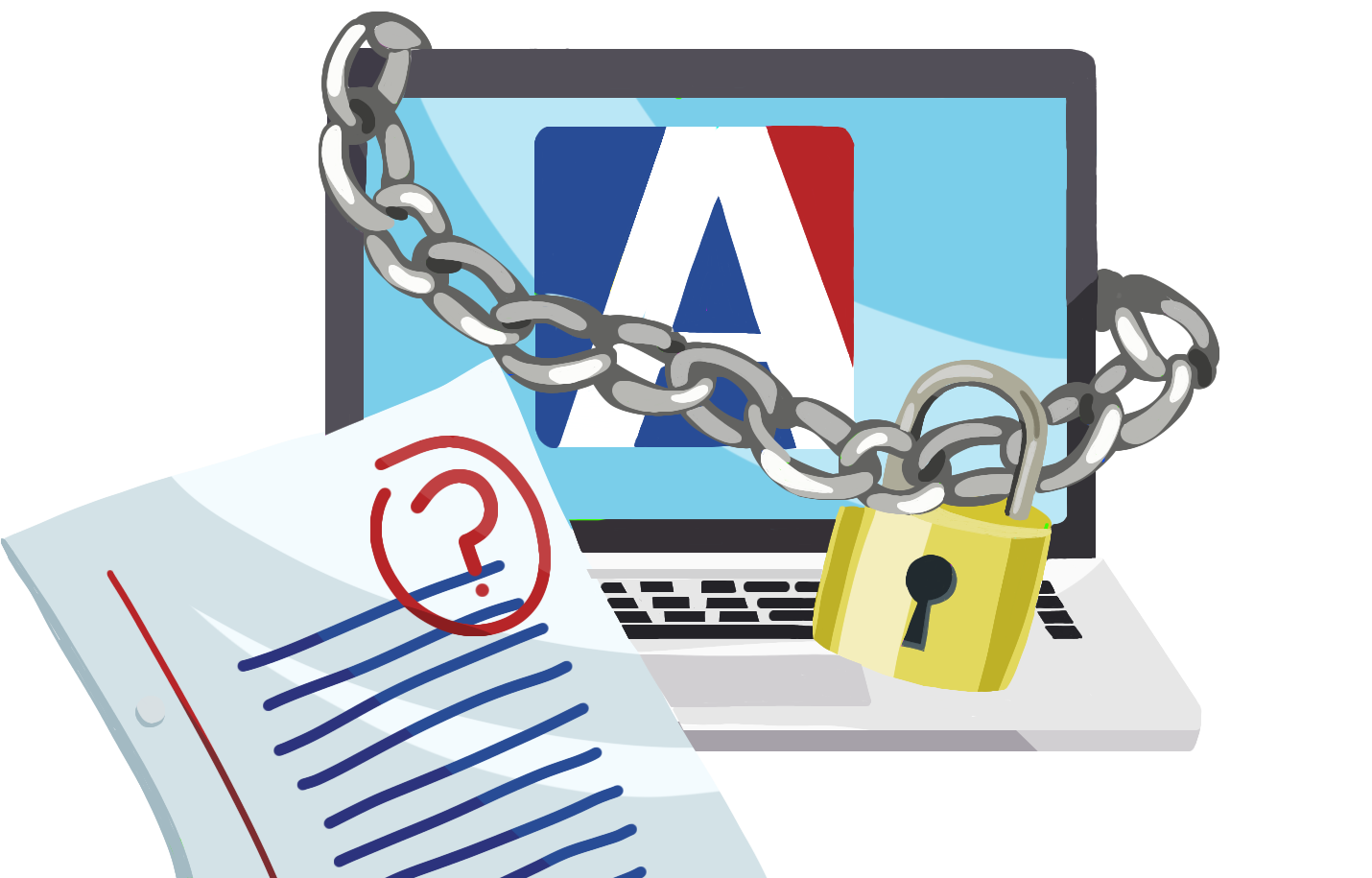
I check Aeries more than I care to admit. Unlike the serial grade-avoiders, I’ve become an expert in hiding viewed assignments and testing scores to see what I need on the next exam. I wouldn’t say that I’m obsessed with my grades — rather, checking Aeries is an instinct.
Throughout the four years I’ve been at MVHS, the school has been closing down the grading portal during and after finals week, both in the winter and summer. Students aren’t able to see what scores they received on the final exam, let alone their ultimate grade in the class.
While I understand and applaud the fact that the administration desires to lessen both our stress and the stress of its staff members through locking Aeries, I believe that it does more harm than good.
Many students, like myself, are left with even more stress due to not being able to see their grades in a class or on a final exam. This stress doesn’t solely stem from curiosity or a desire for instant gratification. As students, our grades often determine next steps we must take, whether that be rethinking study strategies or making the decision to remain in an accelerated course. Without access to this information, students are left in a sort of limbo, unable to make informed choices for their academic future or evaluate their past performance.
This uncertainty can only grow and linger throughout break periods, undermining the intended goal of providing us with a stress-free respite from the demands of high school. The locking of Aeries creates unnecessary anxiety — many of us have specific GPA goals or needs for college admissions, scholarships, personal benchmarks and more. Without timely information, students are simply left wondering in the two-week period that’s supposed to be a break. Every single year of high school, I’ve had multiple conversations with friends and classmates about final grades, speculating when the portal will open and lamenting about the stress its closing causes. Even if the administration’s goal is to ease our stress, the result is often the opposite.
I am sympathetic, of course, to the fact that the ability to see final grades may prompt students to email their teachers about rounding their scores, or other things of the like. Teachers deserve a break too, one without constant student inquiry and interruption. However, the solution to this is relatively simple.
Administrators could leave the portal open for students to see their grades, but make clear that teachers — unless they desire to — will not be responding to any student communication until the end of the break. That way, teachers wouldn’t be pressured to respond to barrages of emails because a prior expectation is already set.
A compromise might be to let students see what they received on the final, but not in the class, allowing staff members ample time to finalize and tweak grades. This way, students are not left wondering if they passed a class or stressed about meeting a certain personal benchmark. Those that may be stressed by the thought of seeing their grades early simply need not look at the platform.
Ultimately, the key to reducing students’ stress lies in communication. Locking Aeries for two weeks only fuels anxiety and pressure. By acknowledging many students’ desires to see their grades through this period, the administration can work toward supporting student and teacher well-being, while also upholding a commitment to reduce stress during finals season.







